On May 20, the US Congress Research Service released an updated report on the domestic political situation in Iran entitled “Iran: Internal Politics and U.S. Policy and Options”. The document is intended to provide members of Congress with an adequate understanding of US policy toward the Islamic Republic of Iran.
It would be evident to anyone that the report primarily focuses on the prospects for imposing regime change in Iran. Special attention is paid to potential replacements for Grand Ayatollah Ali Khamenei, who turned 81 on April 19. Among the main contenders for this post, the Americans have distinguished the Head of Judiciary Hojjat ol-Eslam Ibrahim Raisi. In 2017, he faced off against current Iranian President Hassan Rouhani in the presidential elections. Other options include Ayatollah Sadeq Larijani and Ayatollah Ahmad Khatem, as well as President Rouhani himself.
Michael Rubin, prominent neo-conservative and resident scholar at the American Enterprise Institute (AEI) also touched upon these topics. On May 20 in an article for National Interest, he suggested that many Iranians are now thinking what “a post-Khamenei Islamic Republic might look like”.
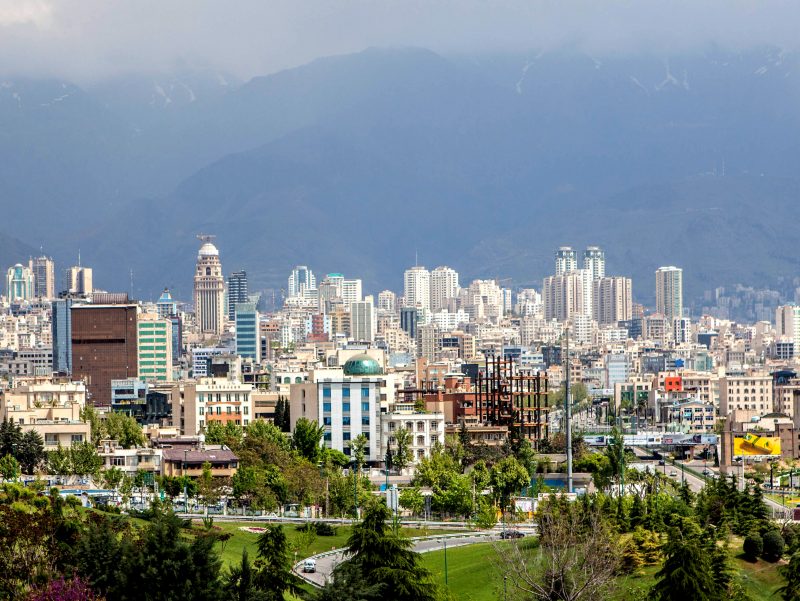
Wikimedia Commons
Rubin considers Ibrahim Raisi and Khamenei’s son to be the main contenders for the post of Iran’s Supreme Leader. He even claims that a conflict has broken out between the two over succession.
The author of the Congressional Research Service suggests that Mojtab Khamenei is an influential figure in the power circles of modern Iran, and especially in relation to his father. A few people from among the Supreme Leader’s circle of power are also named, such as the head of Seyyed Ali Khamenei’s office Mohammad Mohammadi Golpayegani and the editor of Kayhan newspaper Hossein Shariatmadari.
Regime change agenda
Another important point in the Congressional Research Service report is the open recognition that, despite the contradictory statements of the US leadership, the US has “a possible unstated policy objective […] to use Iran’s economic problems to stoke economic and political unrest that could lead to political change in Iran”.
The US does not deny the possibility of military action against Iran, but the US seems for the time being to be more interested in exploiting internal rifts. Although it is not mentioned openly, the possibility of regime change in the country is strongly hinted at.
Among the internal contradictions that the Americans draw attention to are not only the contradictions between reformists and conservatives. It is noted, for example, that popular former President Mahmoud Ahmadinejad “promoted his loyalists and a nationalist version of Islam that limits clerical authority, bringing him into conflict with Supreme Leader Khamene’i”. “Since leaving office in 2013, and despite being appointed by Khamene’i to the Expediency Council, Ahmadinejad has emerged as a regime critic meanwhile also returning to his prior work as a professor of civil engineering”.
Another contradiction allegedly exists between Iran’s Ministry of Intelligence and Security (MOIS) and the Islamic Revolutionary Guard Corps (IRGC). It is noted that although both intelligence agencies cooperate closely, there are also contradictions between them.
In 2019, the US left-liberal site the Intercept alongside with the New York Times published documents of the Iranian intelligence in the Western press, which implied that the Iranian state security is a constructive partner for the West.
Interestingly, the documents allegedly contain leaked Iranian intelligence criticisms of Qassem Soleimani.
Finally, the Americans draw attention to inter-ethnic problems in Iran and the activities of terrorist structures. They note that Kurds, Arabs and even Azeri Turks (despite the fact that Ali Khamenei himself has Azeri heritage) are “oppressed” in Iran.
The propaganda arm
The United States is actively promoting “democracy” Iran. A number of laws and decrees issued since 2010 are aimed at promoting Internet freedom. On October 14, 2011, then Secretary of State Wendy Sherman testified that some of the funds allocated to Iran for democracy had been used to educate Iranians in the use of technologies that circumvent Internet censorship.
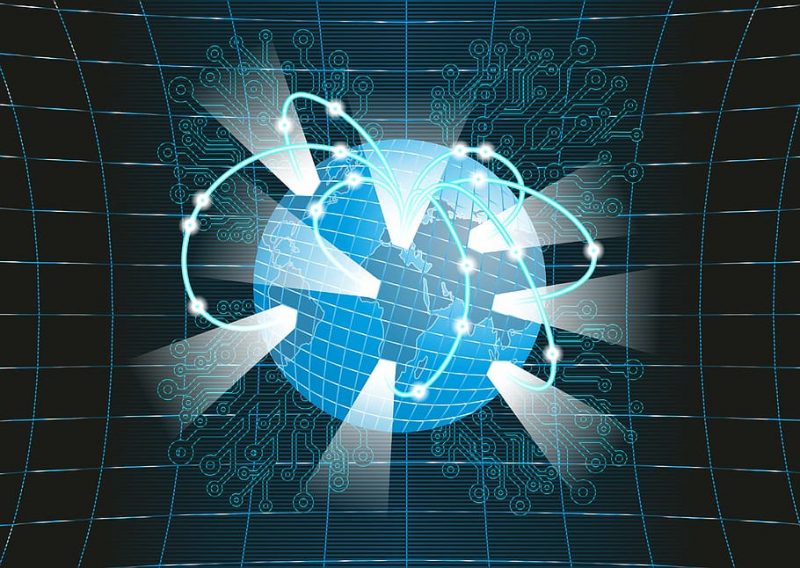
PxFuel
This trend has not changed to this day. In 2016, $900,000 was obligated for Iran promotion and in 2020 Iran share was “likely similar to prior years”. The US embassies and consulates in neighboring countries are working on regime change in Iran. As Congressional Research Service informs us:
“The Iran unit at the U.S. Consulate in Dubai has been enlarged significantly into a “regional presence” office, and “Iran-watcher” positions have been added over the past ten years to U.S. diplomatic facilities in Baku, Azerbaijan; Istanbul, Turkey; Frankfurt, Germany; London; and Ashgabat, Turkmenistan, all of which have large expatriate Iranian populations and/or proximity to Iran”.
Information war against Iran
At the core of the US military strategy since 1990-s are concepts of netwars and network centric warfare aimed at “actions and their links to behavior, on behaviour, on response, rather than on damage infliction”.
Pentagon analyst Edward Smith defines effect-based operations as “coordinated sets of actions directed at shaping the behavior of friends, foes, and neutrals in peace, crisis, and war”.
The US’ interest in Iran’s domestic politics can be seen as an effort at controlling the reactions of enemies and friends alike.
The US not only analyses possible internal differences in Iran, it also engineers such differences. By publicly noting the confrontation between Iranian intelligence and the IRGC, the US is signaling that it might support the IRGC’s adversaries if such disagreements do arise. Thus, the prediction has the potential to widen existing differences or even create them from scratch.
The same applies to Americans’ interest in contradictions between revolutionary conservatives like Mahmoud Ahmadinejad and Iran’s supreme leader. Recall that it is important for the US “to stoke the economic and political unrest that could lead to political change in Iran”. How and with whom it does this is not important.
In order to increase domestic political contradictions, the US may take actions that contribute to strengthening their own opponents, if the broken balance of power in the country ultimately contributes to the expansion of disintegration trends.
In general, the US’ analysis of the situation in Iran can hardly be called comprehensive. Washington underestimates the strength of Iran’s state and public system and assesses Iranian elites exclusively from the Western-centric point of view (such as the ‘reformist-conservatives’ dichotomy). Nevertheless, it is important to understand which areas the US is paying attention to.
They are primarily looking at the possibilities for a new supreme leader, contradictions in the leadership of the country and between law enforcement agencies, as well as the presence of terrorist groups and ethno-religious fault lines within society. It is indicative that numerous “Iran-watchers” are operating in neighboring countries. At a critical moment, they might work with the structures of Iranian emigration to conduct information warfare or be used to organize sabotage.
At least part of active actions on destabilization of the country will take place along the fault lines designated in the document, including fomentation of interethnic and inter-religious contradictions, as well as contradictions within Iranian elites by involving them in various secret negotiations (strategy of “engagement”).










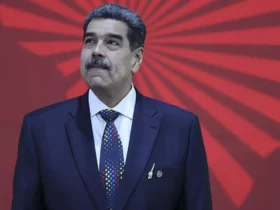
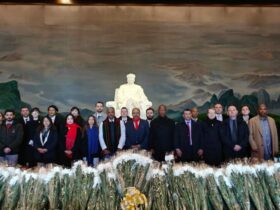
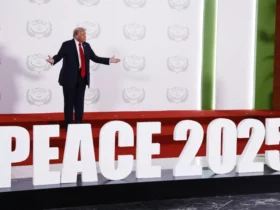
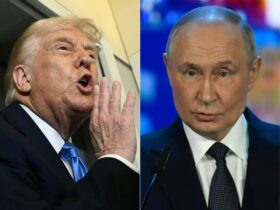
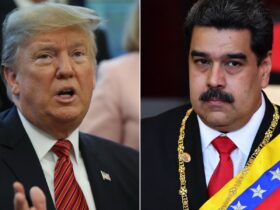
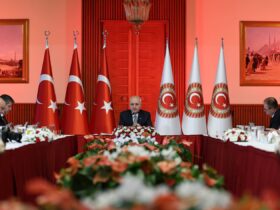

Leave a Reply